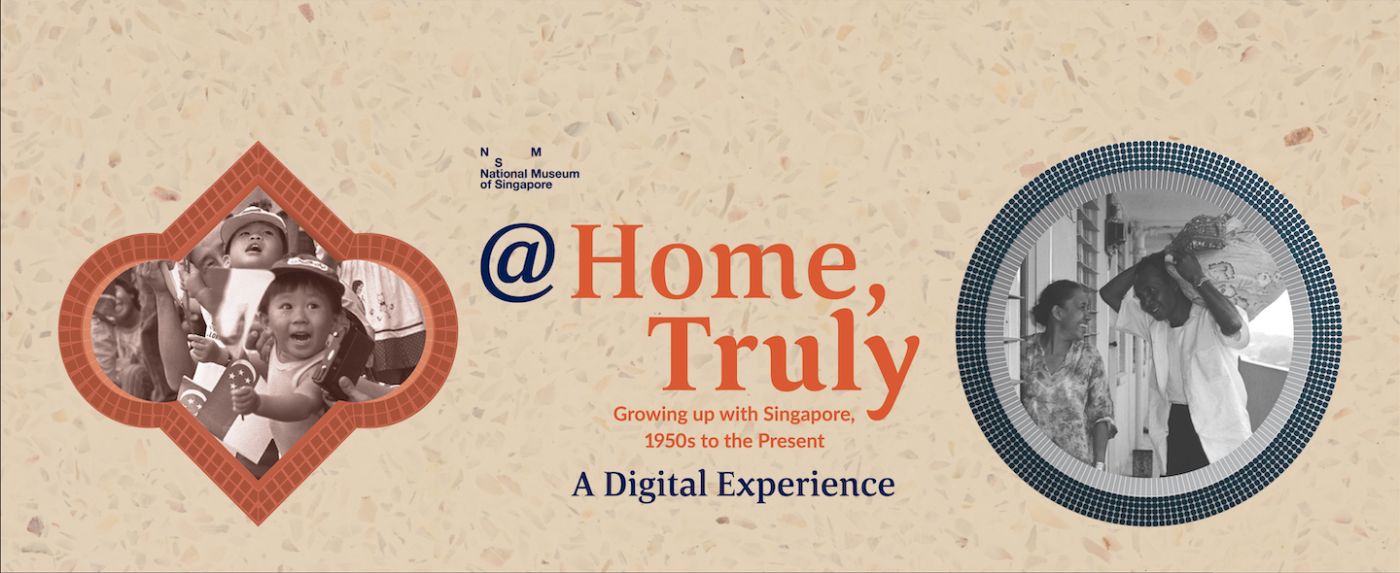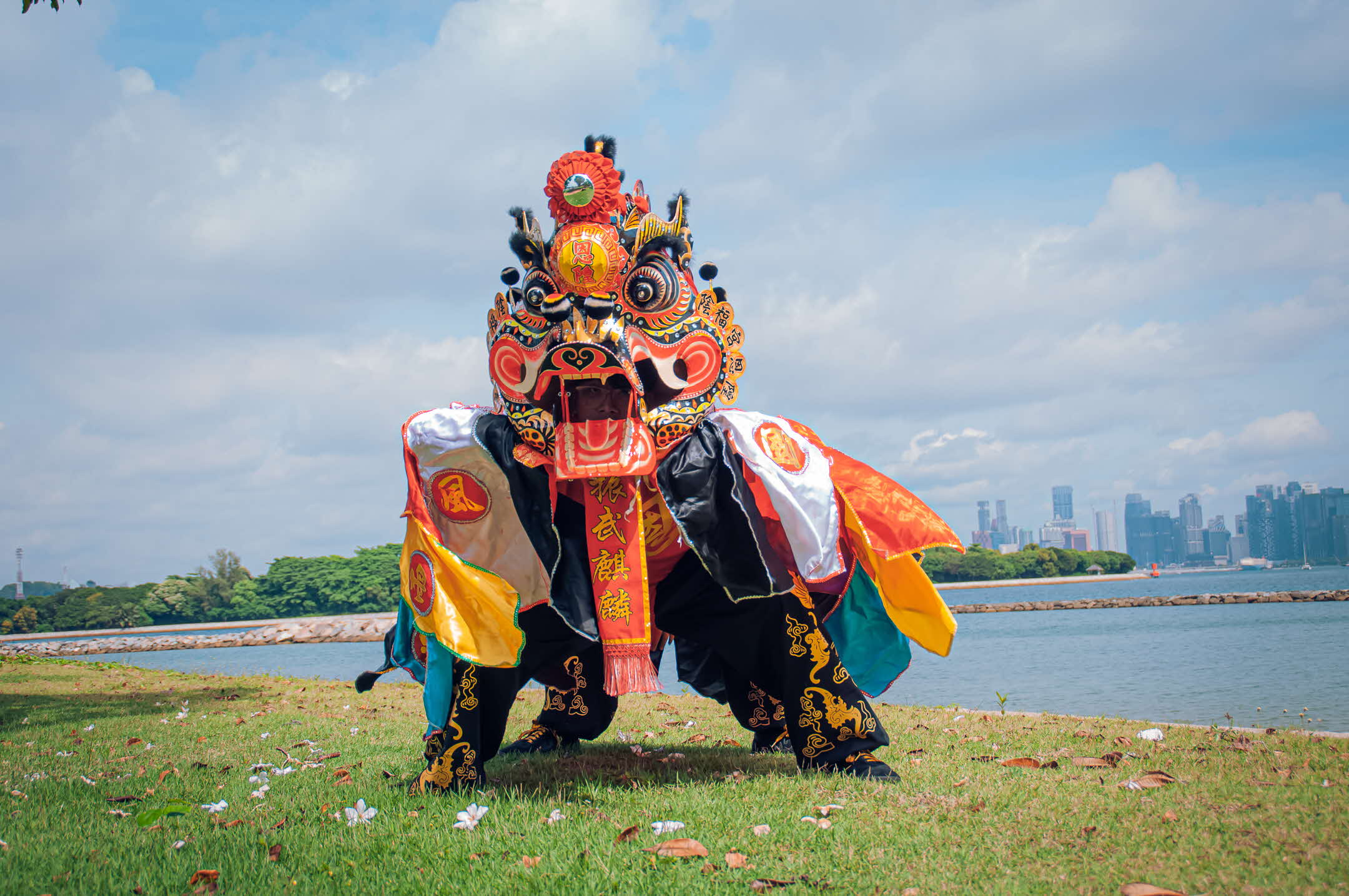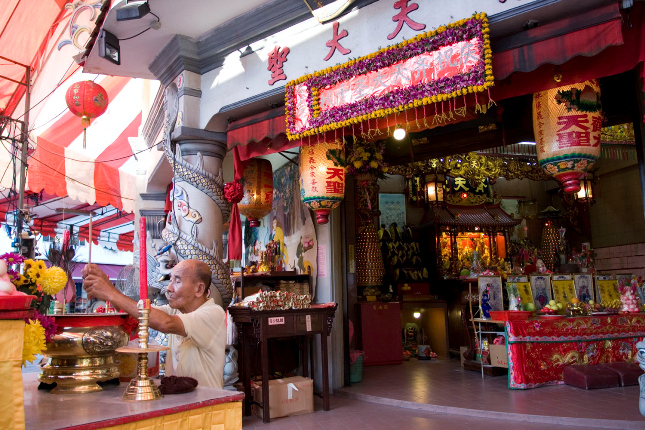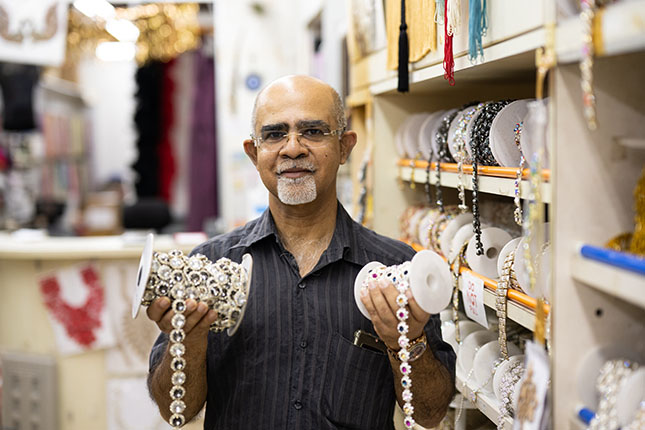This family of monkeys in a grotto appears to be a humourous parody of the pieces with the chess-players. The rocky grotto with flowering prunus is almost identical with the other pieces.Small pieces with monkeys and other animals were popular export items to Europe in the 18th century. Chinese painters catered for an apparent obsession with exotic wildlife. These paintings and certain types of Dehua porcelain are part of the genre of “export art” that offered representations of a fantasy China, based on Western preconceptions of an exotic land and people. A type of Oolong tea is still exported today which its producers claim to have been picked by trained monkeys from cliffs in Wuyi Shan in Northern Fujian, from where tea was first exported from to Europe.Dehua, located on the southeast coast of Fujian province, is well known for its production of white porcelain, known to Europeans as 'blanc de Chine'. The earliest Dehua porcelain was produced as early as the 14th century but the production and quality of these porcelain peaked around the 17th and 18th centuries.


















